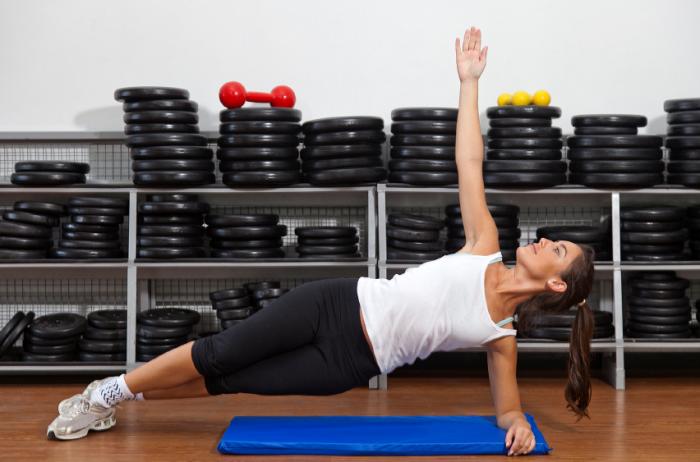
People with scoliosis who held a single yoga pose (Vasisthasana) for 1 to 2 minutes a day for several days a week greatly reduced the curvature of their spine, according to a study published in the September (2014) issue of Global Advances in Health and Medicine.
Scoliosis is a condition in which the spine curves to the side. In severe cases the spine curvature is of more than 45 degrees – is usually treated with surgery. There are non-surgery techniques available for patients with spine curvatures less than 45 degrees – one of the most common being bracing.
In the study, Loren M. Fishman, MD, from the College of Physicians and Surgeons at Columbia University in New York City, and colleagues looked at the effects of a yoga pose called the side plank (Vasisthasana) in 25 people with certain types of scoliosis, either idiopathic or degenerative scoliosis. The researchers taught people the pose and told them to hold the pose for 10 to 20 seconds once a day for the first week. After that, patients were told to hold the pose for as long as possible once a day, but only on the weaker side of their spine.
The patients reported holding the pose for an average of 1.5 minutes. On average, patients had a 32% reduction in their primary spinal curve.
The 19 people who did the pose at least four times per week had the most improvement. Children ages 10-18 with idiopathic scoliosis who did the pose at least four times per week had, on average, a 49.2% improvement in their primary curve. Adults with degenerative scoliosis had, on average, a 38.4% improvement in their primary curve.
Vasisthasana or Side Plank
A powerful arm balance, Side Plank Pose — Vasisthasana, challenges your ability to stay calm and focused.
Benefits
Vasisthasana strengthens your wrists, forearms, shoulders, and spine. It increases flexibility in the wrists and the full variation also opens the hips and hamstrings. This pose tones the abdominal muscles and improves balance, concentration, and focus. Vasisthasana is often used as a preparation for more challenging arm balances.
Instructions
- Begin in Downward-Facing Dog (Adho Mukha Svanasana). Lower your hips and shift your weight forward to come into Plank Pose (the top of a push-up): Palms flat, body extended, with your legs reaching through your heels.
- Step your feet together and press your weight down through your right hand and forearm. Then, roll your body to the right, balancing on the outer edge of your right foot. Stack your left foot on top of your right foot and keep your legs straight.
- Beginners can lower their right knee and shin to the mat, keeping their hips lifted while building strength in the arms and torso.
- Extend your left arm to the sky, reaching through your fingertips as you lift your hips and firm the triceps of both arms. Feel the muscles across your shoulder blades flex. Firm your thighs, and press through your heels into the floor.
- Bring your body into one straight line. Gaze at your top thumb. Press down through your bottom index finger.
- Hold for up to 30 seconds. Exhale as you slowly return to Plank Pose, then into Downward-Facing Dog. Repeat on the opposite side. After both sides, rest in Child’s Pose (Balasana).
Modified
Bring your bottom knee and shin to the mat until you have enough strength to fully support your body weight.
Alert
Keep the following information in mind when practicing this pose:
- Stack your top foot directly on top of your bottom foot, just as if you were standing in Mountain Pose (Tadasana).
- To learn the correct weight distribution in the pose, practice it with the soles of your feet pressing against a wall.
The researchers said “Asymmetrically strengthening the convex side of the primary curve with daily practice of the side plank pose held for as long as possible for an average of 6.8 months significantly reduced the angle of primary scoliotic curves. These results warrant further testing.”
Ref:
http://www.medicalnewstoday.com/